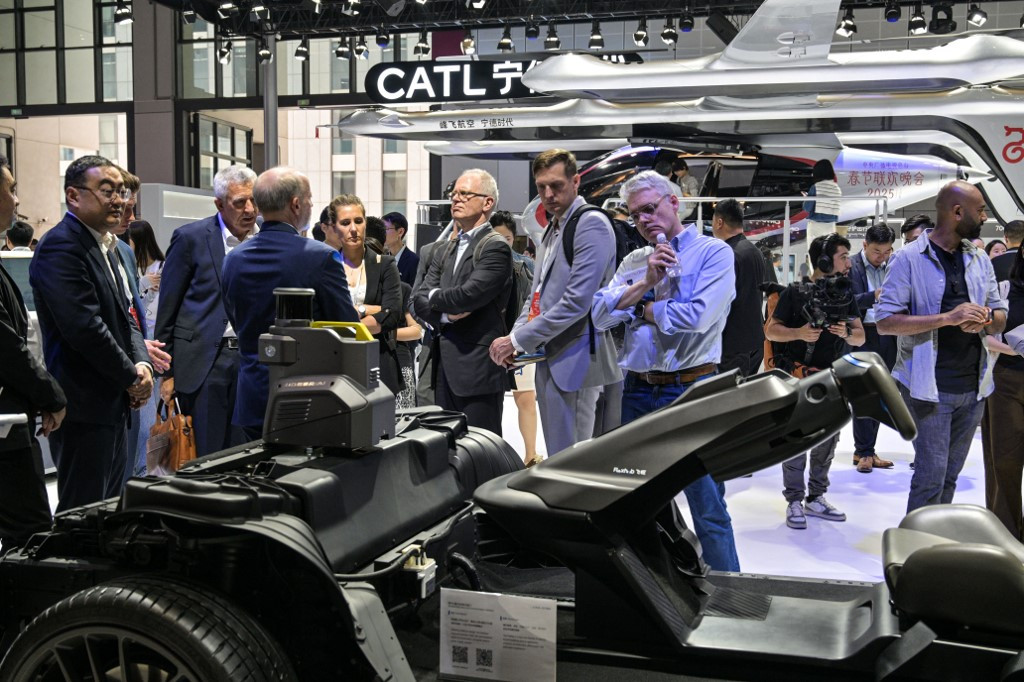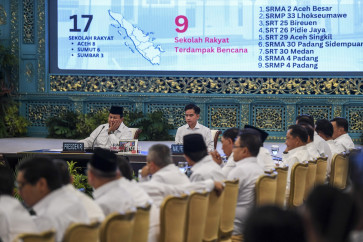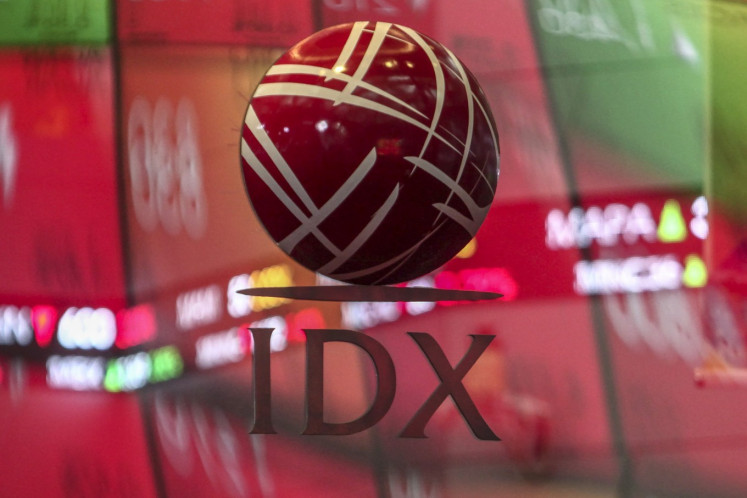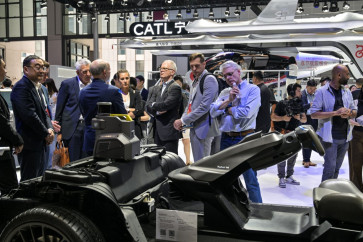Popular Reads
Top Results
Can't find what you're looking for?
View all search resultsPopular Reads
Top Results
Can't find what you're looking for?
View all search resultsCan Europe and China forge a climate connection?
Despite the breakdown in ties between the European Union and China in recent years, the idea of collaborating on clean trade and investment is not so far-fetched.
Change text size
Gift Premium Articles
to Anyone
E
arlier this year, the Chinese firm CATL, the world’s largest battery maker, unveiled an electric-vehicle (EV) battery capable of delivering a remarkable 520 kilometers of driving range after just five minutes of charging. The announcement came a month after BYD, China’s leading EV manufacturer, launched its own ultra-fast charging system. In solar, too, the numbers are staggering: Chinese firms can now produce over 1,200 gigawatts (GW) of solar panels annually.
These feats are a product of the global green-tech race, which China leads by a wide margin. Some frame this as a problem of Chinese oversupply. But another way of looking at it is that the rest of the world isn’t deploying these technologies fast enough. While China’s green-manufacturing engine is running at high speed, others are idling.
Given this, Europe confronts a strategic choice. It can respond with defensive industrial policy: Securing supply chains, raising tariffs and futilely attempting to catch up. Or it could forge a shared competitiveness agenda, which would allow Europe to use its strengths, including rulemaking, coalition-building and norm-setting, to shape the deployment environment, define standards and guide green investment frameworks.
Despite the breakdown in ties between the European Union and China in recent years, the idea of collaborating on clean trade and investment is not so far-fetched. The climate transition is the defining political and economic challenge of the twenty-first century. And on this front, the EU and China have become interdependent: If Europe pumps the brakes on decarbonization, Chinese assets could be stranded, whereas China could face retaliation if it refuses to collaborate or align with global norms. The question now is whether they can constructively shape their interdependence.
Taking advantage of the narrow window for establishing a climate partnership requires a deal that promotes each government’s core economic interests. For the EU, that means reducing reliance on Chinese imports while moving up the value chain. For China, it means maintaining access to a high-value export market amid a shifting global trade environment. Success requires pragmatism on both sides.
Whether the EU and China can cooperate effectively depends on several factors. First, they must reach an agreement on local-content requirements. The EU should target domestic production of at least 40 percent of green technologies by 2030, including not just low-paid assembly, but higher-value activities like research and development, to create jobs and build resilience.
Second, any partnership must open the door for joint ventures, which have helped China reach the technological frontier and are already emerging in the EU battery and automotive sectors. If correctly structured, such partnerships can drive mutual gains while building cooperation into long-term industrial strategies.


















